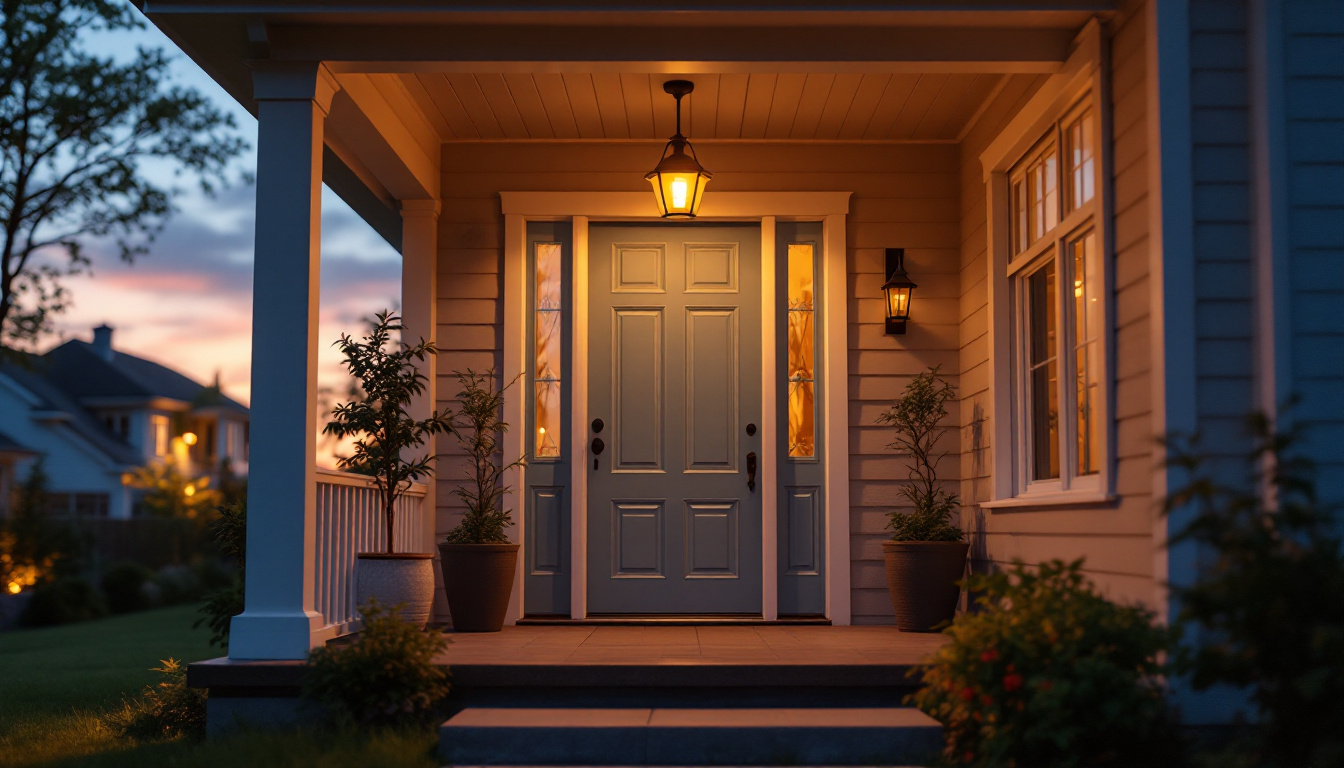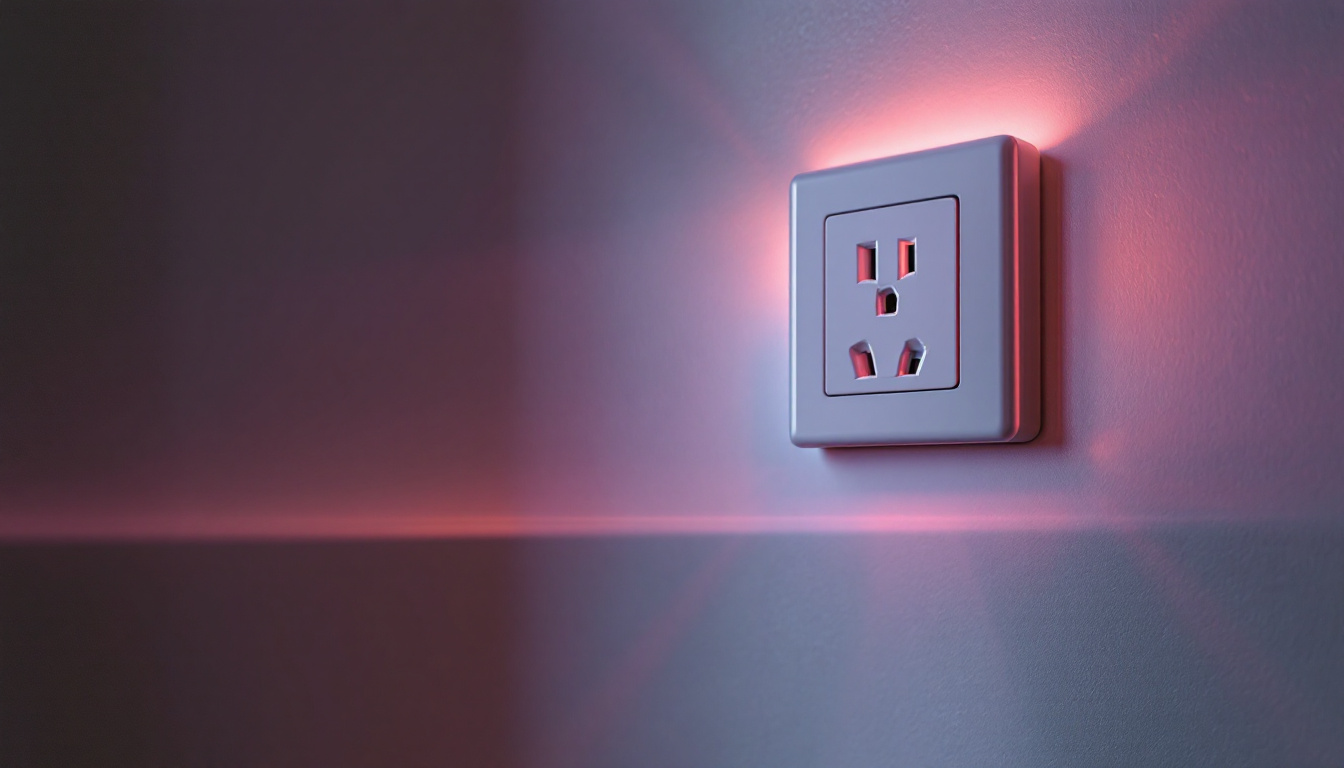
As the demand for energy-efficient lighting solutions continues to rise, LED residential garage lights have become a popular choice among homeowners. For lighting contractors, understanding the nuances of these fixtures is essential for providing clients with the best options available. This article serves as a comprehensive checklist for lighting contractors, ensuring that every aspect of LED garage lighting is considered before installation.
LED (Light Emitting Diode) technology has revolutionized the lighting industry, offering numerous benefits over traditional incandescent and fluorescent bulbs. These advantages include longer lifespan, lower energy consumption, and reduced heat output. For lighting contractors, a solid grasp of LED technology is fundamental in guiding clients toward the right products.
One of the primary benefits of LED garage lights is their energy efficiency. LEDs consume significantly less power than traditional lighting options, leading to lower electricity bills for homeowners. Additionally, they have a lifespan that can exceed 25,000 hours, meaning fewer replacements and less maintenance over time.
Moreover, LED lights provide instant brightness without the warm-up time often associated with fluorescent bulbs. This feature is especially important in garages where immediate visibility is crucial for safety and convenience. The ability to achieve full brightness instantly also enhances the overall functionality of the space, allowing homeowners to quickly assess their surroundings and complete tasks without delay.
When selecting LED garage lights, contractors should be aware of the various types available. Common options include ceiling-mounted fixtures, wall-mounted lights, and portable work lights. Each type serves a different purpose and can be chosen based on the specific needs of the garage space.
Ceiling-mounted fixtures are ideal for general illumination, while wall-mounted lights can provide focused lighting for specific tasks. Portable work lights are perfect for DIY projects or maintenance tasks, offering flexibility and convenience. Additionally, some LED garage lights come with adjustable brightness settings or motion sensors, further enhancing their usability. These features allow homeowners to customize their lighting experience, ensuring that they have the right amount of light for any situation, whether they are working on a project or simply navigating through the garage.
Furthermore, many LED garage lights are designed with durability in mind, often featuring weather-resistant materials that can withstand the varying conditions of a garage environment. This resilience not only extends the life of the lights but also ensures consistent performance, making them a reliable choice for homeowners who want to invest in long-lasting lighting solutions. With the increasing variety of styles and functionalities, contractors can offer tailored recommendations that meet the aesthetic and practical needs of their clients, transforming garages into well-lit, efficient workspaces.
Before recommending specific LED lights, it is crucial for contractors to evaluate the garage space. Factors such as size, layout, and existing electrical infrastructure can significantly influence the choice of lighting fixtures.
The size of the garage will dictate the number and type of fixtures needed. A larger garage may require multiple fixtures or higher lumen output to ensure adequate illumination. Conversely, smaller spaces may only need a single, well-placed fixture.
Additionally, the layout of the garage should be considered. Areas with workbenches, storage, or vehicles may require targeted lighting solutions to enhance visibility and functionality. For instance, if the garage is used for automotive work, bright, shadow-free lighting is essential to see every detail while performing repairs. In contrast, if the space is primarily for storage, ambient lighting may suffice, allowing for a more relaxed atmosphere without the need for intense illumination.
Understanding the existing electrical infrastructure is vital for a successful installation. Contractors should assess the available wattage, circuit capacity, and the location of outlets. This information will help determine whether additional wiring or circuits are necessary to support the new LED fixtures.
Moreover, it’s essential to ensure that the fixtures selected are compatible with the existing electrical system to avoid any potential issues during installation. This includes checking the voltage ratings and ensuring the fixtures can handle the load without overloading the circuit. Additionally, contractors should consider the potential need for dimmer switches or smart lighting controls, which can enhance the functionality of the garage space. By integrating such features, users can adjust the lighting according to their specific tasks, whether it’s bright light for detailed work or softer light for general use.
With a clear understanding of the garage space, contractors can begin selecting the appropriate LED fixtures. Factors such as brightness, color temperature, and design should all be taken into account to meet the client’s needs.
Brightness is measured in lumens, and selecting the right lumen output is crucial for effective illumination. A general guideline is to aim for 100-150 lumens per square foot in a garage setting. However, specific tasks may require higher lumen levels for optimal visibility.
Contractors should also consider dimmable options, allowing homeowners to adjust brightness based on their needs. This feature can enhance the versatility of the garage space, accommodating various activities from general storage to detailed work tasks.
Color temperature is another important factor that influences the ambiance of the garage. Measured in Kelvins (K), color temperature can range from warm (around 2700K) to cool (up to 5000K). For garage spaces, a cooler color temperature (4000K to 5000K) is often preferred as it mimics daylight and enhances visibility.
Contractors should discuss color temperature options with clients, ensuring that the selected fixtures align with their preferences and the intended use of the garage.
While functionality is paramount, the design and aesthetics of LED garage lights should not be overlooked. Fixtures come in various styles, from sleek and modern to more traditional designs. Contractors should consider the overall style of the home and the garage when making recommendations.
In addition to aesthetics, the durability of the fixtures is crucial. Garage environments can be harsh, with exposure to dust, moisture, and temperature fluctuations. Selecting fixtures with appropriate ratings for these conditions will ensure longevity and performance.
Once the appropriate fixtures have been selected, contractors must focus on the installation process. Proper installation is key to maximizing the performance and safety of LED garage lights.
Safety should always be a top priority during installation. Contractors should ensure that all power sources are turned off before beginning work. Utilizing proper personal protective equipment (PPE) is also essential to prevent accidents and injuries.
Additionally, following local electrical codes and regulations is vital to ensure compliance and safety. Contractors should be familiar with the specific requirements in their area to avoid potential fines or issues.
Proper wiring is crucial for the performance of LED fixtures. Contractors should follow the manufacturer’s instructions for wiring and ensure that all connections are secure. Using the appropriate gauge wire and connectors is essential for safety and efficiency.
When mounting fixtures, it’s important to consider the height and placement to achieve optimal illumination. Fixtures should be positioned to minimize shadows and provide even lighting throughout the garage space.
One of the standout features of LED garage lights is their energy efficiency. For contractors, promoting the sustainability aspect of LED lighting can be a significant selling point to environmentally-conscious clients.
LED lights consume significantly less energy compared to traditional lighting options. This reduction in energy consumption translates to lower utility bills for homeowners, making LED fixtures a cost-effective choice in the long run.
Contractors can provide clients with estimates of potential energy savings, showcasing the financial benefits of switching to LED lighting. This information can help persuade clients who may be hesitant to invest in new fixtures.
In addition to energy savings, LED lights have a reduced environmental impact. They contain no harmful substances such as mercury, which is found in some fluorescent bulbs. This makes them a safer choice for both the environment and human health.
By choosing LED garage lights, homeowners can contribute to a more sustainable future. Contractors can emphasize this aspect during consultations, appealing to clients’ desire to make eco-friendly choices.
After installation, ongoing maintenance and support are critical for ensuring the longevity and performance of LED garage lights. Contractors should be prepared to offer guidance and assistance to clients.
While LED lights require less maintenance than traditional bulbs, regular checks are still essential. Contractors should advise clients to periodically inspect fixtures for dust and debris, as this can affect brightness and efficiency.
Additionally, clients should be informed about the importance of replacing any damaged or malfunctioning fixtures promptly. This proactive approach can prevent larger issues and ensure consistent lighting quality.
Contractors should be available to answer any questions or concerns clients may have after installation. Providing resources such as user manuals, warranty information, and contact details for support can enhance customer satisfaction.
Offering follow-up services, such as routine inspections or upgrades, can also foster long-term relationships with clients, leading to repeat business and referrals.
LED residential garage lights offer a myriad of benefits, making them an excellent choice for homeowners and a valuable offering for lighting contractors. By understanding the technology, evaluating garage spaces, selecting appropriate fixtures, and ensuring proper installation, contractors can provide clients with optimal lighting solutions.
Furthermore, emphasizing energy efficiency and sustainability can help contractors appeal to environmentally-conscious clients, enhancing their business prospects. With a focus on maintenance and support, contractors can build lasting relationships with clients, ensuring satisfaction and loyalty.
In the ever-evolving world of lighting, staying informed and adaptable is key. By utilizing this checklist, lighting contractors can confidently navigate the complexities of LED residential garage lights, delivering exceptional service and quality to their clients.
Ready to elevate your lighting projects with the best LED residential garage lights on the market? Look no further than LumenWholesale, where we offer an exceptional range of spec-grade lighting products at unbeatable wholesale prices. Say goodbye to local distributor markups and hello to superior lighting solutions that meet the highest industry standards. With free shipping on bulk orders, you can stock up on reliable, high-performance lighting without any hidden fees. Make your next project shine with quality, affordability, and convenience. Wholesale Lighting at the Best Value is just a click away.

Discover the essential facts about A19 bulb sizes that every lighting contractor needs to know.

Discover how to enhance your lighting setup with efficient socket outlet strategies.

Discover expert insights and top resources from lighting contractors to master the art of front porch illumination.

Discover how duplex receptacle outlets can transform your lighting solutions.